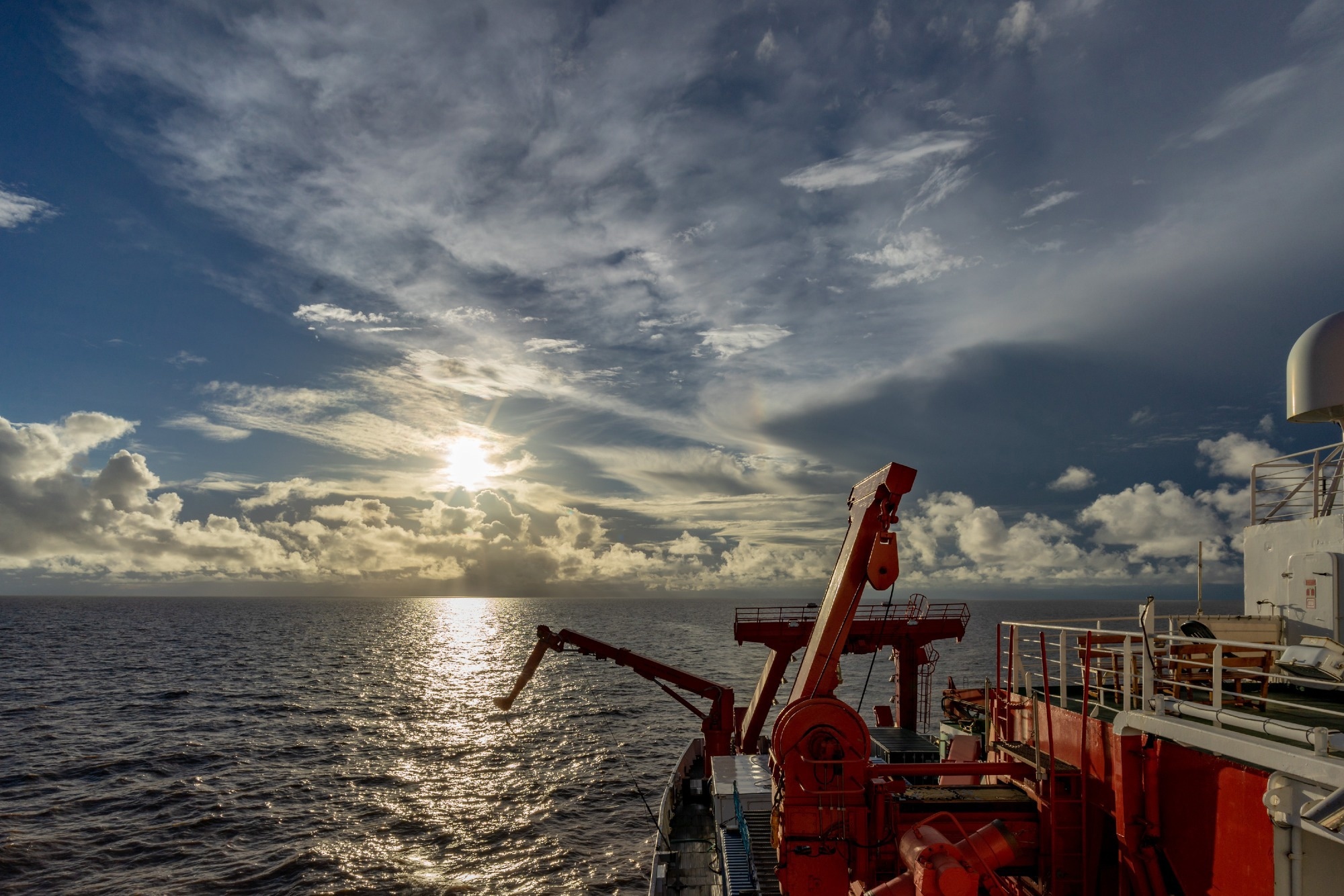Rivers carry trace metals and essential nutrients into the ocean. Such elements include characteristic isotopic signatures that can be used by geologists to find where the water in the ocean comes from.
 Morning atmosphere in Canal do Sul, one of the main branches of the Amazon estuary. Image Credit: Christian Rohleder (DWD)
Morning atmosphere in Canal do Sul, one of the main branches of the Amazon estuary. Image Credit: Christian Rohleder (DWD)
Scientists from GEOMAR Helmholtz Centre for Ocean Research Kiel examined the waters of the Amazon estuary—as part of the international GEOTRACES project, which focuses to map trace metals in the international ocean with the use of these signatures. Upon doing that, they found that the previously ignored Pará river system has a great impact on the composition of the water masses there. Their research has been published in the journal Nature Communications.
Across the world, the Amazon River is the largest river. It releases approximately one-fifth of global freshwater runoff, resulting in a freshwater plume rich in trace elements and nutrients coming into the Atlantic Ocean. As of now, it was believed that the suspended solids partly dissolve in the estuary’s water plume and thereby show a vital source of trace metals, but recent outcomes oppose this theory.
The examination of isotopes of the elements hafnium (Hf) and neodymium (Nd) was done. These can function as origin or tracers, i.e. their study can be employed to find where water masses arise from. Every river has its own isotopic signature, which shows the source rock in the hinterland.
A previous study had found an increase in the dissolved concentration and variability of neodymium isotopes in the Amazon estuary and concluded that these are dissolved from particles carried by the river on its way to the open ocean.
Antao Xu, Study First Author, GEOMAR Helmholtz Centre for Ocean Research Kiel
He is also a Ph.D. student in the Chemical Paleoceanography group led by Professor Dr. Martin Frank at GEOMAR Helmholtz Centre for Ocean Research Kiel, who was co-chief scientist of the METEOR expedition M147 (official GEOTRACES process study GApr11) in the Amazon estuary (chief scientist was Prof. Dr. Andrea Koschinsky, Constructor University Bremen).
We have now disproved this conclusion. We can show that the changes in isotope composition are a result of the admixture of freshwater from the nearby Pará River.
Professor Dr Martin Frank, GEOMAR Helmholtz Centre for Ocean Research Kiel
Considerably increased dissolved neodymium and hafnium concentrations were shown by the input of the neighboring Pará River south of the Amazon mouth. Simultaneously, it has a minimal pH value. This directed to another significant result.
Co-author Ed Hathorne states: “We looked at the relationship between neodymium concentration and pH in rivers around the world.” It was proved that neodymium concentration can be directly inferred from pH. This facilitated an updated approximation of the global dissolved riverine neodymium flux—at least three times more than already believed, as per co-author Georgi Laukert of Dalhousie University, Halifax, Canada and the Woods Hole Oceanographic Institution, Woods Hole, USA.
The research is part of the international long-term project GEOTRACES, aiming to map the global distribution of trace metals dissolved in seawater and their isotopes to achieve a better comprehension of their sinks, sources, and distribution paths. As paleo-oceanographer, Martin Frank and his working team are keen on trace metals’ function as indicators of previous ocean processes and climate history.
The isotopic composition serves us as a proxy for the ocean circulation of the past. However, we still need a better understanding of the controlling processes in today's ocean to be able to apply these proxies more reliably.
Professor Dr. Martin Frank, GEOMAR Helmholtz Centre for Ocean Research Kiel
This is in association with the transdisciplinary method of integrating research at GEOMAR, for which the thematic focus is “metals in the ocean.” Frank concluded, “In order to be able to develop reliable models for the entire ocean-atmosphere-climate system, we need to better understand the global ocean circulation and the distribution of trace metals coupled to it, for which we need to know the inputs of trace elements from land.”
Journal Reference:
Xu, A., et al. (2023) Overlooked riverine contributions of dissolved neodymium and hafnium to the Amazon estuary and oceans. Nature Communication. doi.org/10.1038/s41467-023-39922-3